Clean Pillows for Better Sleep: Are you tired of tossing and turning all night, struggling to find that perfect comfortable position? You might be surprised to learn that the secret to a restful night’s sleep could be as simple as cleaning your pillows! We often overlook our pillows when it comes to cleaning, but they can accumulate dust mites, dead skin cells, and oils over time, turning them into breeding grounds for allergens and bacteria.
Throughout history, pillows have been symbols of comfort and luxury. From the hard headrests of ancient Egypt to the feather-filled cushions of the Roman Empire, people have always sought ways to improve their sleep. But even the most luxurious pillow can become a source of discomfort if it’s not properly maintained. That’s why I’m so excited to share these simple DIY tricks and hacks to help you keep your pillows fresh, clean, and supportive.
In this article, I’ll guide you through easy-to-follow steps for washing, drying, and fluffing your pillows, ensuring they remain a haven of cleanliness and comfort. You’ll learn how to tackle stubborn stains, eliminate odors, and even protect your pillows from future grime. Trust me, investing a little time in clean pillows for better sleep will make a world of difference in your sleep quality and overall well-being. Let’s dive in and discover the secrets to a more restful and rejuvenating night’s sleep!
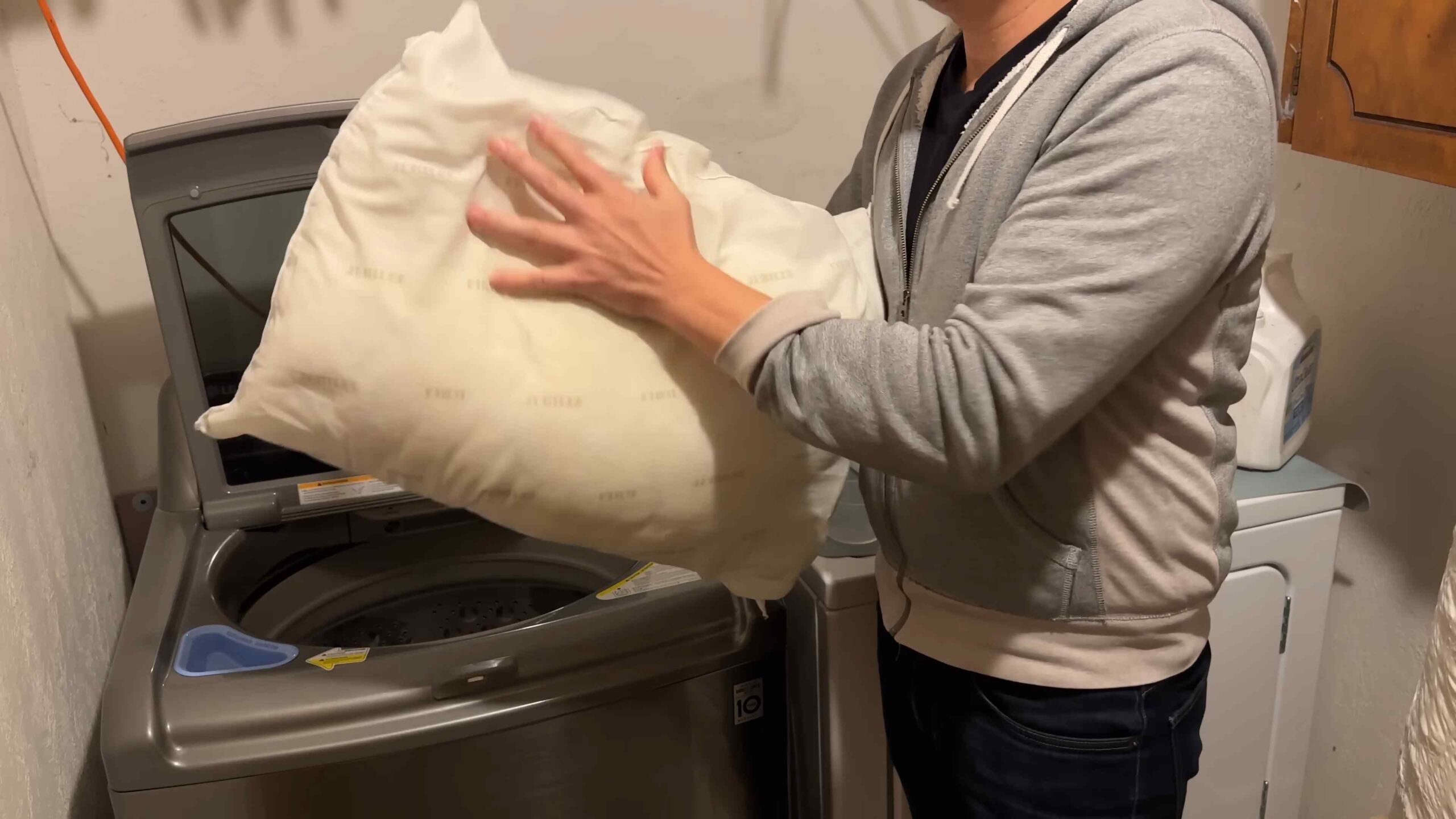
DIY: Revive Your Pillows for a Restful Night’s Sleep
Let’s face it, we all love a good night’s sleep, and our pillows play a HUGE role in that. But over time, they can become havens for dust mites, sweat, and all sorts of unpleasantness. Don’t worry, though! You don’t have to toss them out and buy new ones just yet. I’m going to show you how to clean your pillows like a pro, so you can enjoy fresh, fluffy pillows and a much better night’s sleep.
What You’ll Need
Before we dive in, let’s gather our supplies. This is what I usually use, and it works wonders:
* Washing Machine: A top-loading or front-loading machine will work, but make sure it’s large enough to accommodate your pillows.
* Laundry Detergent: Use a mild, liquid detergent. Powdered detergent can sometimes leave residue.
* Borax: This helps boost the cleaning power of your detergent and gets rid of odors.
* White Vinegar: A natural fabric softener and odor eliminator.
* Tennis Balls (optional): These help fluff up the pillows during the drying process.
* Clean Socks (optional): To put the tennis balls in (prevents dye transfer).
* Clothes Dryer: Essential for drying your pillows thoroughly.
* Sunlight (optional): Air drying in the sun can help further freshen and disinfect your pillows.
Understanding Your Pillow Type
Before you start, it’s crucial to know what your pillows are made of. Different materials require different cleaning methods. Here’s a quick rundown:
* Down and Feather Pillows: These are generally machine washable, but require extra care to ensure they dry completely.
* Polyester Pillows: These are usually the easiest to wash and dry.
* Memory Foam Pillows: These are *not* machine washable. You’ll need to spot clean them.
* Buckwheat Pillows: These cannot be washed. You’ll need to empty the hulls and clean the casing separately.
Important Note: Always check the care label on your pillow before washing. If the label says “Dry Clean Only,” follow those instructions.
Washing Down and Feather Pillows
This is my go-to method for keeping my down and feather pillows fresh.
1. Prepare Your Pillows: Remove the pillowcases and any protectors. Give your pillows a good fluffing to loosen any dirt or debris.
2. Load the Washing Machine: Place *two* pillows in the washing machine to balance the load. This prevents the machine from becoming unbalanced and potentially damaging your pillows or the machine itself.
3. Add Detergent, Borax, and Vinegar: Add a small amount of mild liquid detergent (about 1-2 tablespoons), 1/2 cup of Borax, and 1/2 cup of white vinegar to the detergent dispenser.
4. Select the Washing Cycle: Choose a gentle cycle with warm water. An extra rinse cycle is also a good idea to ensure all the detergent is removed.
5. Start the Washing Machine: Let the machine do its thing!
6. Drying Your Pillows: This is the most important step! Down and feather pillows *must* be dried thoroughly to prevent mold and mildew growth.
* Transfer to Dryer: Carefully transfer the pillows to the dryer.
* Add Tennis Balls: Place two or three clean tennis balls (inside clean socks to prevent dye transfer) in the dryer with the pillows. The tennis balls will help fluff up the pillows and prevent them from clumping together.
* Set Dryer to Low Heat: Dry the pillows on a low heat setting. High heat can damage the down and feathers.
* Dry for Several Cycles: This is crucial! It can take several cycles (2-3 hours or more) to completely dry down and feather pillows. Stop the dryer every hour or so to fluff the pillows by hand and check for any dampness.
* Ensure Complete Dryness: The pillows should be completely dry to the touch, with no clumps of down or feathers. If you’re unsure, it’s better to dry them for longer.
7. Air Drying (Optional): After drying in the dryer, you can air dry the pillows outside in the sun for a few hours to further freshen them.
Washing Polyester Pillows
Polyester pillows are generally more forgiving than down and feather pillows.
1. Prepare Your Pillows: Remove the pillowcases and protectors. Fluff the pillows to loosen any dirt.
2. Load the Washing Machine: Again, wash two pillows at a time to balance the load.
3. Add Detergent and Vinegar: Add a small amount of mild liquid detergent (about 1-2 tablespoons) and 1/2 cup of white vinegar to the detergent dispenser.
4. Select the Washing Cycle: Choose a gentle cycle with warm water.
5. Start the Washing Machine: Let the washing machine run.
6. Drying Your Pillows:
* Transfer to Dryer: Carefully transfer the pillows to the dryer.
* Add Tennis Balls (Optional): You can use tennis balls to help fluff the pillows, but it’s not as essential as with down pillows.
* Set Dryer to Low or Medium Heat: Dry the pillows on a low or medium heat setting.
* Dry Until Completely Dry: Polyester pillows usually dry faster than down pillows, but still make sure they are completely dry before removing them from the dryer.
7. Air Drying (Optional): As with down pillows, you can air dry them in the sun for extra freshness.
Cleaning Memory Foam Pillows
Memory foam pillows are a bit different because you can’t put them in the washing machine. Here’s how I clean mine:
1. Remove the Pillowcase: Take off the pillowcase and wash it according to the care instructions.
2. Vacuum the Pillow: Use the upholstery attachment on your vacuum cleaner to thoroughly vacuum the entire surface of the pillow. This will remove dust, dirt, and debris.
3. Spot Clean Stains:
* Prepare a Cleaning Solution: Mix a small amount of mild liquid detergent with warm water.
* Apply to Stain: Dip a clean cloth into the cleaning solution and gently blot the stain. Avoid rubbing, as this can spread the stain.
* Rinse with Clean Water: Use a clean, damp cloth to rinse the area.
* Blot Dry: Use a dry cloth to blot the area dry.
4. Deodorize the Pillow:
* Sprinkle with Baking Soda: Sprinkle a generous amount of baking soda over the entire surface of the pillow.
* Let it Sit: Let the baking soda sit for at least an hour, or even overnight, to absorb odors.
* Vacuum Again: Vacuum up the baking soda.
5. Air Dry: Allow the pillow to air dry completely in a well-ventilated area. Avoid placing it in direct sunlight, as this can damage the memory foam.
Cleaning Buckwheat Pillows
As I mentioned earlier, you can’t wash buckwheat pillows. Here’s how to keep them clean:
1. Empty the Hulls: Carefully empty the buckwheat hulls into a clean container. You can store them in a pillowcase or a large bag.
2. Clean the Casing: Wash the pillow casing according to the care instructions.
3. Air Dry the Hulls: Spread the buckwheat hulls out on a clean surface in the sun to air dry. This will help freshen them and kill any bacteria.
4. Refill the Casing: Once the casing is dry, refill it with the buckwheat hulls.
Tips for Keeping Your Pillows Clean Longer
Here are a few extra tips to help keep your pillows fresh and clean for longer:
* Use Pillow Protectors: Pillow protectors are a great way to shield your pillows from sweat, dust mites, and other allergens.
* Wash Pillowcases Regularly: Wash your pillowcases at least once a week, or even more often if you sweat a lot.
* Fluff Your Pillows Daily: Fluffing your pillows helps to redistribute the filling and prevent them from becoming flat and lumpy.
* Air Out Your Pillows Regularly: Airing out your pillows in the sun can help to freshen them and kill bacteria.
* Replace Your Pillows: Even with regular cleaning, pillows eventually wear out and need to be replaced. As a general rule, you should replace your pillows every 1-2 years.
By following these simple steps, you can keep your pillows clean, fresh, and comfortable for years to come. Sweet dreams!
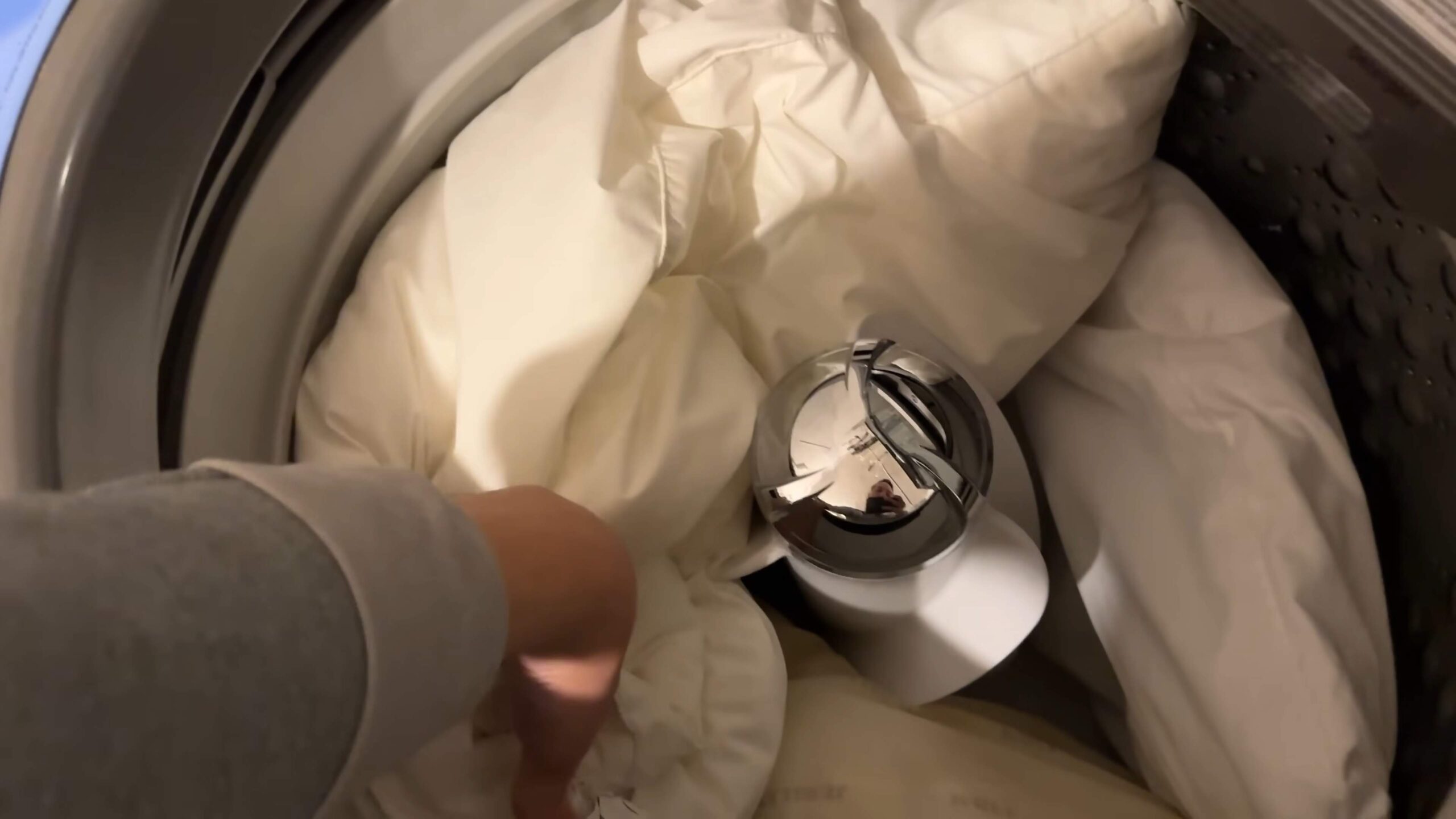
Conclusion
So, there you have it! A simple, effective, and budget-friendly way to breathe new life into your pillows and, more importantly, improve your sleep. We’ve walked you through the process of cleaning your pillows, highlighting the benefits of removing dust mites, allergens, and that general “funk” that accumulates over time. This isn’t just about aesthetics; it’s about creating a healthier sleep environment, which directly translates to better rest and improved overall well-being.
Why is this DIY pillow cleaning trick a must-try? Because it’s a game-changer! Think about it: you spend approximately one-third of your life with your face pressed against your pillow. If that pillow is harboring allergens and bacteria, you’re essentially inhaling them all night long. This can exacerbate allergies, trigger asthma, and even contribute to skin problems. Our method offers a deep clean that goes beyond simply washing the pillowcase. It targets the source of the problem, leaving you with pillows that are truly fresh and clean.
But the benefits don’t stop there. Regularly cleaning your pillows can also extend their lifespan. By removing the build-up of oils and sweat, you prevent the fibers from breaking down prematurely. This means you won’t have to replace your pillows as often, saving you money in the long run.
Ready to take it to the next level? Consider these variations:
* Essential Oil Boost: Add a few drops of your favorite essential oil to the washing machine during the rinse cycle. Lavender, chamomile, and eucalyptus are all excellent choices for promoting relaxation and better sleep. Just be sure to use oils that are safe for fabrics and won’t cause any discoloration.
* Sun-Dried Freshness: After washing and drying your pillows, give them an extra boost of freshness by hanging them outside in the sun for a few hours. The sun’s UV rays have natural disinfecting properties and can help to eliminate any lingering odors.
* Vinegar Power: For extra stain removal, pre-treat any visible stains with a mixture of white vinegar and water before washing. Let the mixture sit for 30 minutes before laundering as usual.
* Tailored to Fill: Remember to adjust the washing and drying settings based on the type of pillow you have. Down and feather pillows require a gentler approach than synthetic fills. Always check the care label for specific instructions.
We are confident that once you experience the difference a clean pillow makes, you’ll never go back. It’s a small investment of time and effort that yields significant returns in terms of sleep quality and overall health. So, ditch the dingy pillows and embrace the freshness!
We encourage you to try this DIY pillow cleaning trick and share your experience with us. Did you notice a difference in your sleep? Did you try any of the variations? Let us know in the comments below! We love hearing from our readers and learning about your successes. Remember, a clean pillow is a happy pillow, and a happy pillow leads to a happy you! Start enjoying the benefits of a truly clean pillow tonight!
Frequently Asked Questions (FAQ)
How often should I clean my pillows?
This is a common question, and the answer depends on several factors, including your sleeping habits, allergies, and the type of pillow you have. As a general rule, it’s recommended to wash your pillows at least twice a year. However, if you have allergies or asthma, or if you tend to sweat a lot during the night, you may want to wash them more frequently, perhaps every three months. Regularly washing your pillowcases (at least once a week) can also help to keep your pillows cleaner for longer.
What type of detergent should I use?
When washing your pillows, it’s best to use a mild, hypoallergenic detergent. Harsh chemicals can irritate your skin and respiratory system, especially when you’re sleeping with your face pressed against the pillow. Avoid detergents with strong fragrances or dyes, as these can also be irritating. A gentle, fragrance-free detergent is the safest and most effective option.
Can I wash all types of pillows in the washing machine?
Most pillows can be washed in the washing machine, but it’s essential to check the care label first. Down and feather pillows can usually be machine washed, but they require a gentle cycle and a low heat setting in the dryer. Memory foam pillows should never be washed in the washing machine, as this can damage the foam. Instead, spot clean them with a mild detergent and water, and allow them to air dry completely. Buckwheat pillows should also not be washed; instead, empty the buckwheat hulls and wash the empty casing.
How do I dry my pillows properly?
Proper drying is crucial to prevent mold and mildew growth inside your pillows. Down and feather pillows should be dried on a low heat setting with dryer balls to help fluff them up and prevent clumping. It may take several cycles to dry them completely. Synthetic pillows can usually be dried on a medium heat setting. Regardless of the type of pillow, make sure it’s completely dry before using it again. You can also air dry your pillows outside in the sun, but be sure to protect them from direct sunlight, which can damage the fibers.
How do I get rid of yellow stains on my pillows?
Yellow stains on pillows are typically caused by sweat, oil, and saliva. To remove these stains, you can try pre-treating the pillows with a mixture of baking soda, hydrogen peroxide, and water. Apply the mixture to the stains, let it sit for 30 minutes, and then wash the pillows as usual. You can also add a cup of white vinegar to the washing machine during the wash cycle to help brighten the pillows and remove stains.
My pillows still smell after washing. What should I do?
If your pillows still smell after washing, it could be due to several reasons. First, make sure you’re using enough detergent. Second, try adding a cup of white vinegar to the wash cycle to help neutralize odors. Third, ensure that the pillows are completely dry before using them again. If the smell persists, you may need to wash the pillows again or consider replacing them.
How do I know when it’s time to replace my pillows?
Even with regular cleaning, pillows eventually wear out and need to be replaced. A good rule of thumb is to replace your pillows every one to two years. To test if your pillow needs replacing, fold it in half. If it stays folded and doesn’t spring back into shape, it’s time for a new one. You should also replace your pillows if they are lumpy, stained, or no longer provide adequate support. Investing in new pillows is an investment in your sleep and overall health.
Can cleaning my pillows really help with allergies?
Absolutely! Cleaning your pillows regularly is a crucial step in managing allergies. Pillows can harbor dust mites, pet dander, mold, and other allergens that can trigger allergic reactions. Washing your pillows removes these allergens, creating a cleaner and healthier sleep environment. If you have allergies, consider using hypoallergenic pillow covers to further protect your pillows from allergens.
What are the benefits of using dryer balls when drying pillows?
Dryer balls are a great addition to your laundry routine, especially when drying pillows. They help to fluff up the pillows, prevent clumping, and reduce drying time. Dryer balls also help to soften the pillows and make them more comfortable. You can use wool dryer balls or plastic dryer balls, depending on your preference.
Is it worth the effort to clean my pillows myself, or should I just buy new ones?
While buying new pillows is certainly an option, cleaning your pillows regularly can extend their lifespan and save you money in the long run. Cleaning your pillows also allows you to maintain a healthier sleep environment by removing allergens and bacteria. If your pillows are still in good condition and provide adequate support, cleaning them is a worthwhile effort. However, if your pillows are old, lumpy, or no longer provide support, it’s time to replace them.


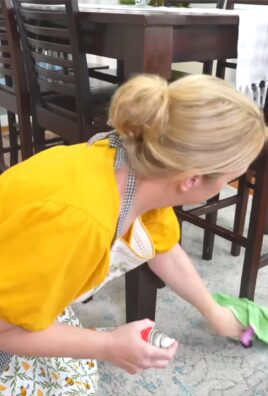
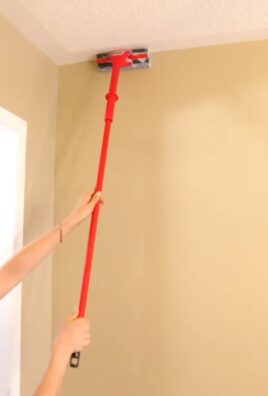
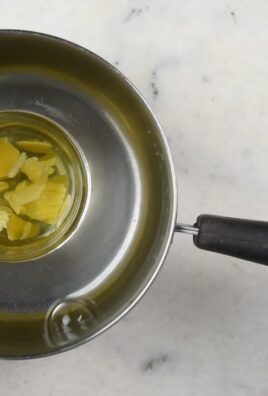
Leave a Comment